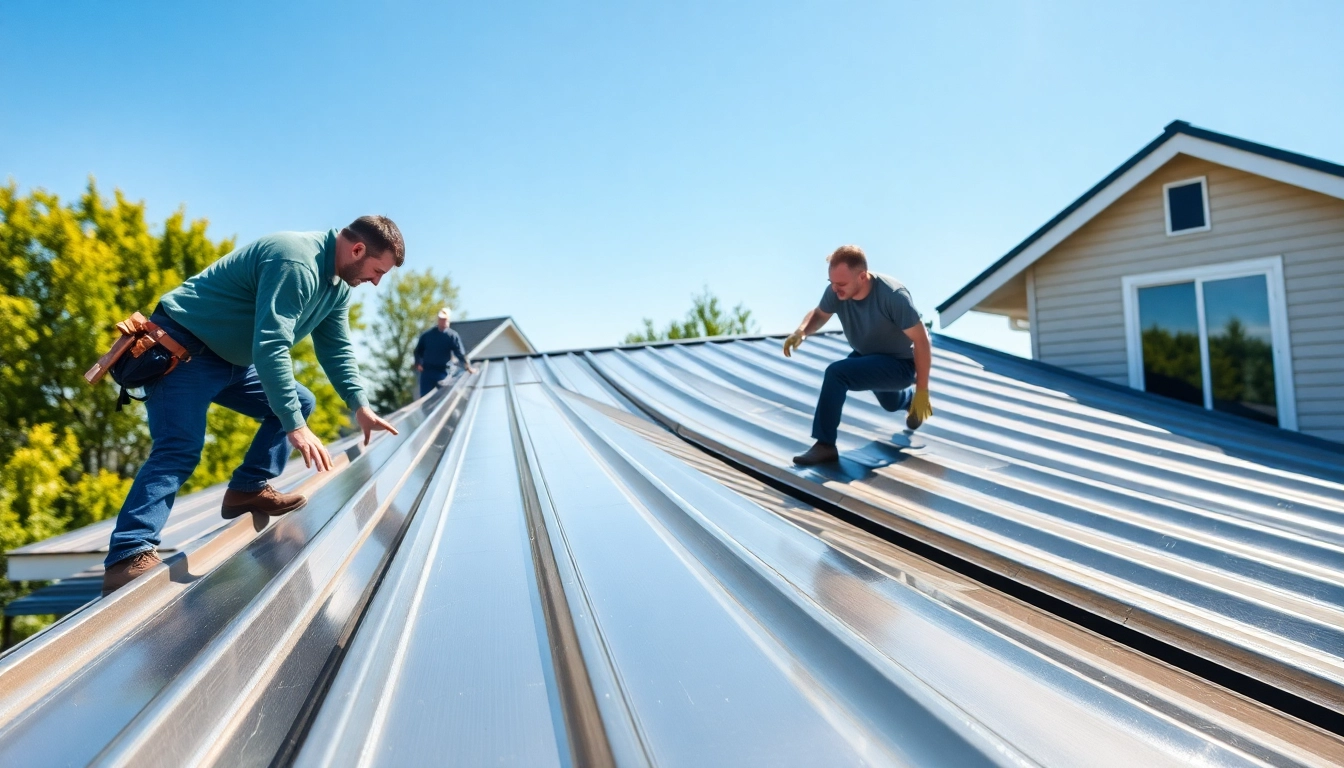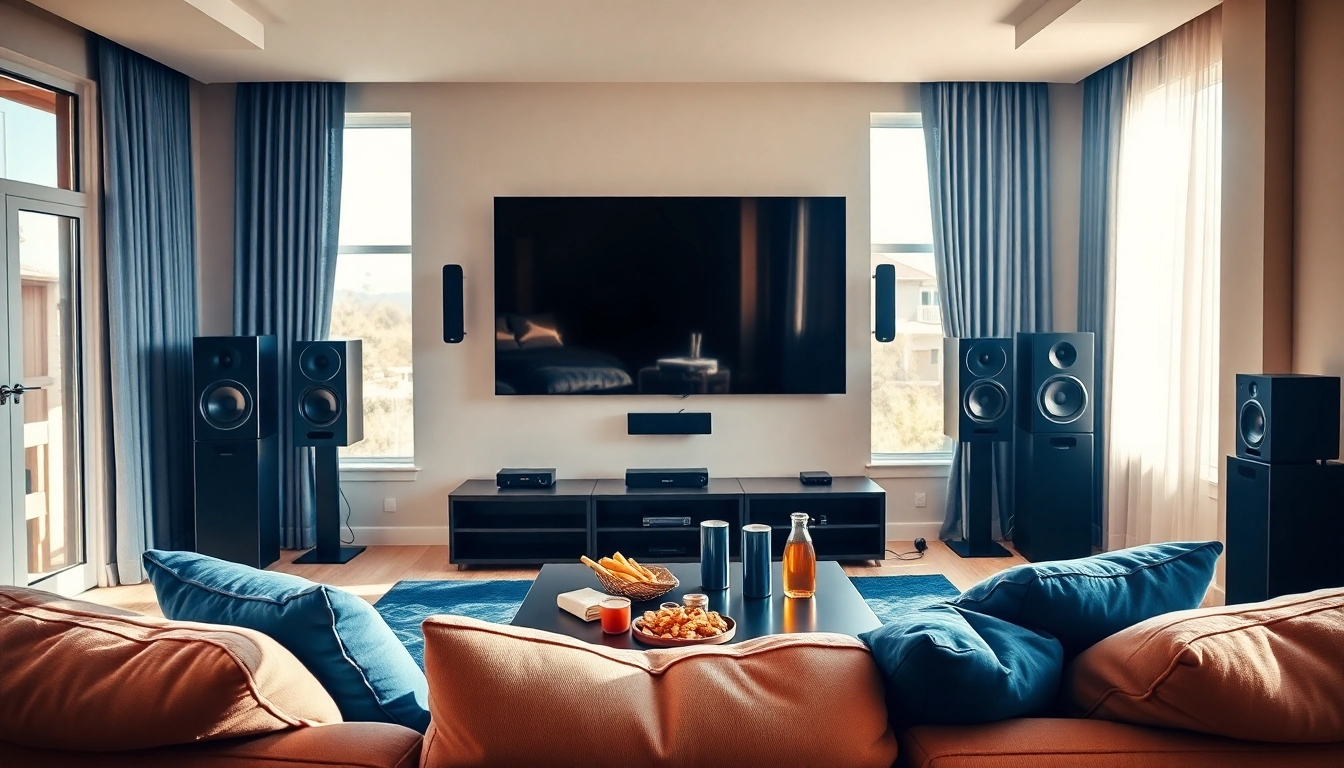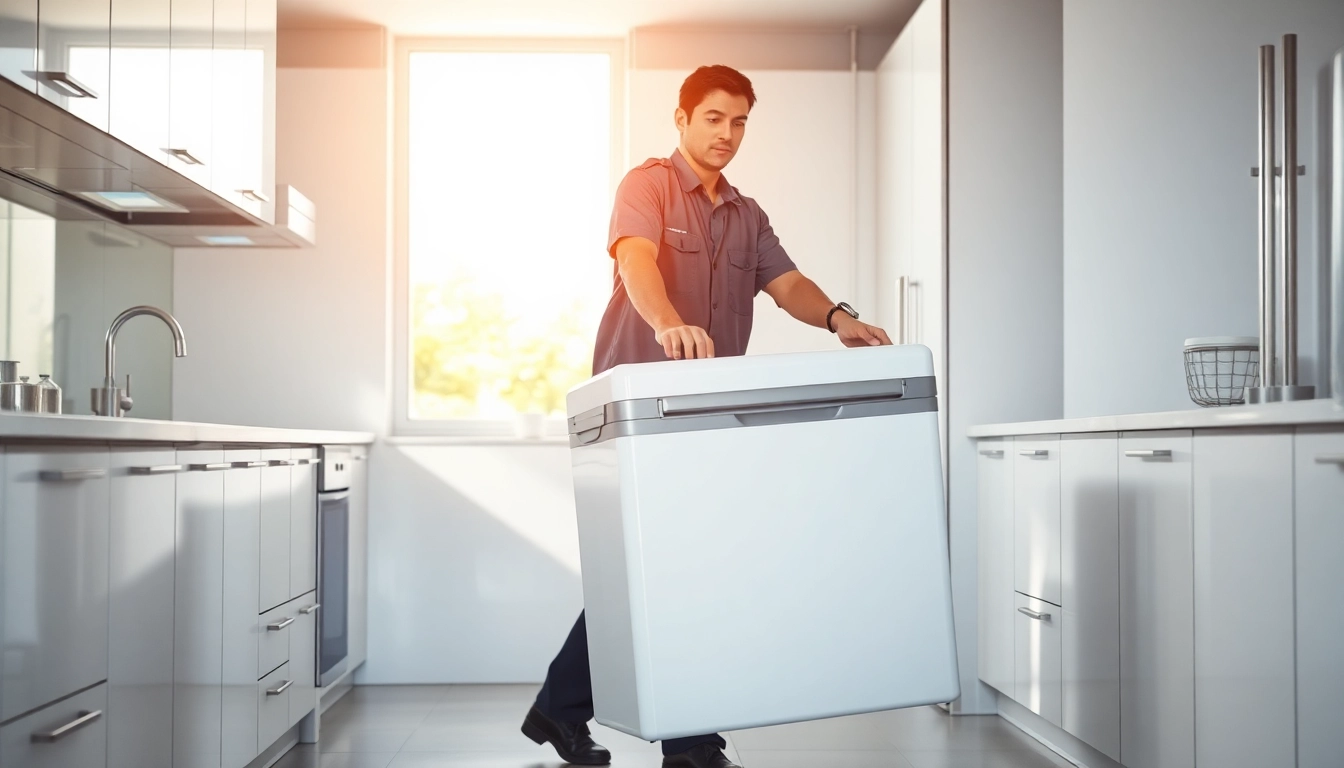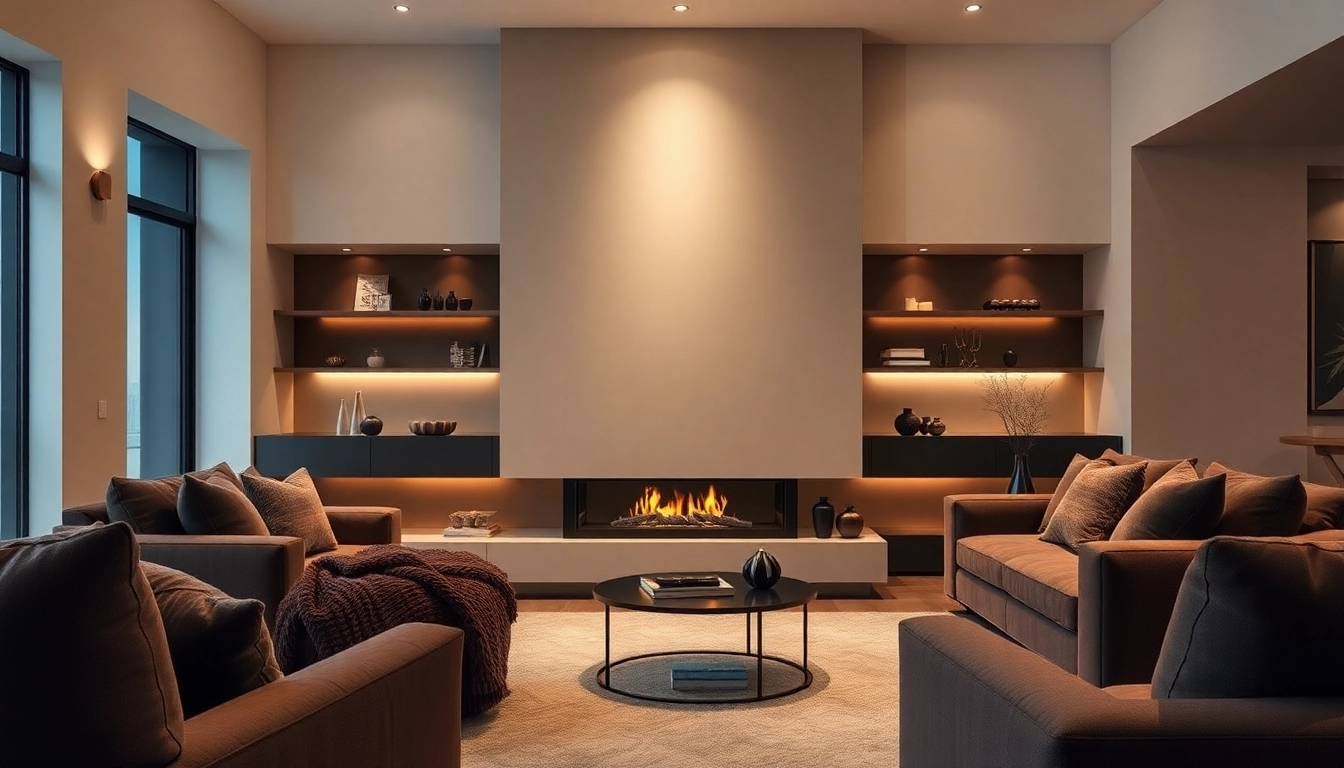Understanding Residential Metal Roofing
Residential metal roofing is increasingly becoming the choice for homeowners due to its durability, efficiency, and aesthetic appeal. In this article, we will delve into what residential metal roofing entails, the various types of materials used, and the numerous benefits it offers. Whether you are considering a new roof or simply want to learn more about this roofing option, understanding the fundamentals is essential.
What is Residential Metal Roofing?
Residential metal roofing refers to roofing systems made from metal materials specifically designed for residential buildings. Unlike traditional roofing materials like asphalt shingles or wood, metal roofing is typically crafted from steel, aluminum, copper, or zinc. These materials are known for their strength and longevity, making metal roofs a popular choice among homeowners seeking both reliability and style.
Types of Metal Materials Used
There are various types of metal materials used in residential roofing, each with its unique advantages:
- Steel: Steel roofing is highly durable and affordable, especially when galvanized or coated to resist rusting.
- Aluminum: Lightweight and resistant to corrosion, aluminum is an excellent choice for coastal areas where saltwater can cause damage.
- Copper: Known for its beauty and longevity, copper develops a distinct patina over time, adding unique character to homes.
- Zinc: This material is eco-friendly and self-healing. Zinc roofs are durable and can last for over a century with minimal maintenance.
Benefits of Metal Roofing for Homes
The benefits of residential metal roofing are numerous, making it a compelling option for homeowners:
- Durability: Metal roofs can withstand harsh weather conditions, including high winds, heavy rain, and snow, making them less prone to damage.
- Energy Efficiency: Metal roofing reflects sunlight, reducing the heat absorbed by the home and potentially lowering cooling costs.
- Longevity: With lifespans ranging from 40 to 70 years, metal roofs last significantly longer than traditional roofing materials.
- Environmentally Friendly: Many metal roofing materials are made from recycled content and can be recycled at the end of their lifespan.
- Aesthetic Appeal: Metal roofs are available in a variety of styles and colors, allowing homeowners to match their roofs to their personal aesthetic.
Popular Styles of Residential Metal Roofing
There are several popular styles of residential metal roofing that cater to different tastes and architectural designs. Here we discuss three commonly chosen styles:
Standing Seam Roofs
Standing seam roofs feature vertical panels with seams that rise above the panel. This design minimizes water accumulation and provides a sleek, modern look. Standing seam roofs are highly durable and resistant to weather exposure, making them a favorite among residential options.
Corrugated Metal Roofs
Corrugated metal roofs are characterized by their wavy pattern. Originally designed for agricultural buildings, this style has gained popularity in modern homes due to its affordability and rustic aesthetic. Corrugated roofs are lightweight, easy to install, and provide excellent drainage, making them ideal for areas with significant rainfall.
Metal Shingle Roofs
Metal shingles mimic the look of traditional roofing materials like asphalt or wood shakes while offering the benefits of metal. Available in various colors and styles, metal shingles are versatile and provide the aesthetic appeal homeowners desire without sacrificing durability. They are also fire-resistant, adding an extra layer of security.
Key Considerations When Choosing Metal Roofing
Selecting the right type of metal roofing involves considering various factors. Here are key considerations that should influence your decision-making process:
Durability and Lifespan
One of the primary reasons homeowners opt for metal roofing is its impressive durability. Metal roofs can withstand extreme weather conditions such as hurricanes, hail storms, and heavy snowfall. In fact, when properly installed, metal roofs can last fifty years or more, translating into a significant return on investment.
Energy Efficiency and Insulation
Metal roofing can significantly improve a home’s energy efficiency. Its reflective properties minimize heat absorption, keeping homes cooler during hot months. Additionally, incorporating proper insulation beneath the roof can enhance these energy savings, leading to decreased utility bills over time.
Aesthetic Compatibility with Home Design
The aesthetics of a home play a critical role in selecting roofing materials. Metal roofing comes in various styles and color options, ensuring that homeowners can find a design that complements their existing home architecture. Whether you prefer traditional or contemporary styles, there is a metal roofing solution suitable for your needs.
Installation Process for Residential Metal Roofing
The installation process for metal roofing may vary depending on the specific type and style, but several steps remain consistent. Below is a detailed guide for homeowners considering installation:
Preparation and Planning
Before installing a metal roof, it’s essential to conduct thorough preparation and planning:
- Site Inspection: Assess the existing roof structure to determine whether it can support the weight of metal roofing.
- Materials Selection: Choose the appropriate type of metal roofing that meets your aesthetic, functional, and budgetary needs.
- Permits: Check local building codes and obtain any necessary permits before proceeding.
Step-by-Step Installation Guide
Once the preparation is complete, follow these general steps for installing a metal roof:
- Remove Existing Roofing: Strip off the old roofing materials to expose the underlying structure.
- Install Underlayment: Use a quality underlayment to create a moisture barrier that protects the roof deck.
- Set Up the Framework: Install any necessary framework for the metal panels to be attached securely.
- Install Metal Panels: Carefully fasten the metal panels in place, following the manufacturer’s instructions.
- Seal and Finish: Apply flashing and seals at the edges and intersections to prevent water infiltration.
Hiring Professional Installers vs. DIY
Deciding between hiring professionals and opting for a DIY installation can be challenging. While DIY may save money, it requires experience and knowledge. Metal roofing installation can be complex, and even minor mistakes can lead to leaks or structural issues. Hiring professional installers ensures that the job is done correctly, and many offer warranties on their work, providing peace of mind.
Cost Analysis of Residential Metal Roofing
Understanding the costs associated with residential metal roofing is vital for budget planning. Let’s break down the costs involved:
Average Costs per Square Foot
The average cost of metal roofing varies widely depending on the material, style, and installation complexity. Generally, you can expect to pay between $7 to $12 per square foot for standard metal roofing. More specialized styles, such as standing seam roofs, can range from $12 to $20 per square foot based on the complexity and quality of the materials used.
Long-term Savings and Return on Investment
Despite the higher upfront costs, metal roofing often results in long-term savings due to its durability and energy efficiency. Homeowners can expect reduced maintenance costs and lower utility bills while adding value to their property. Over time, the longevity of metal roofs means fewer replacement costs, resulting in a favorable return on investment.
Financing Options Available for Homeowners
Many homeowners consider financing options when opting for metal roofing due to the initial investment. Various financing solutions are available, including home equity loans, personal loans, and specialized roofing loans that offer terms tailored for home improvement projects. Speak with a financial advisor to explore the best options for your situation.



